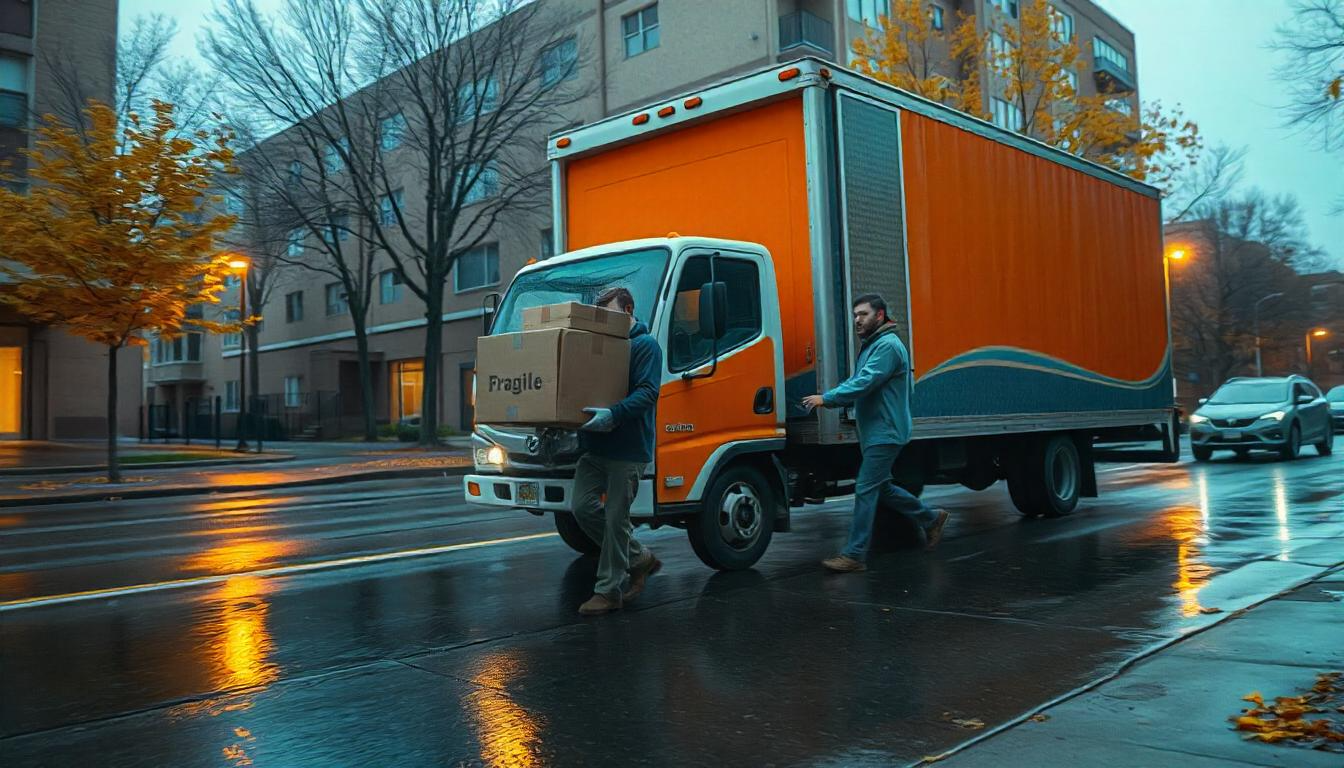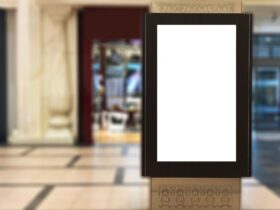Moving can be both exciting and stressful, especially when it comes to safeguarding your belongings. Without proper planning, items can get lost, damaged, or broken during transit. Fortunately, with a few simple precautions, you can protect your valuables and ensure they arrive safely at your new home. Here’s a guide to help you pack, transport, and handle your belongings with care.
1. Use High-Quality Packing Materials
Investing in high-quality packing materials can make a significant difference in preventing damage. Cheap or flimsy materials are more likely to tear or collapse during the move.
Essential packing materials include:
- Sturdy, double-walled boxes
- Bubble wrap for fragile items
- Packing paper or newspaper for cushioning
- Packing tape and box labels
- Stretch wrap to protect furniture and large items
Avoid overpacking boxes, as this increases the risk of boxes breaking or items being crushed.
2. Pack Fragile Items with Care
Fragile items, such as glassware, ceramics, and electronics, require extra protection during a move.
Tips for packing fragile items:
- Wrap each item individually using bubble wrap or packing paper.
- Use cushioning: Place a layer of crumpled paper or padding at the bottom of the box to absorb shocks.
- Fill empty spaces inside the box to prevent items from shifting. Use soft materials like paper, foam, or clothing.
- Label the box as “Fragile” and indicate which side should face up.
For added protection, consider using specialty boxes for items like mirrors, TVs, and artwork.
3. Disassemble Large Furniture
Disassembling large or bulky furniture can reduce the risk of damage and make it easier to transport. Items like beds, tables, and cabinets can be dismantled to protect fragile components.
Steps to protect furniture:
- Remove detachable parts, such as legs, shelves, and drawers.
- Wrap disassembled pieces in protective materials like moving blankets or stretch wrap.
- Keep hardware (screws, bolts, etc.) in labelled bags so they’re easy to find when reassembling.
- Use corner protectors to prevent damage to edges and corners.
4. Use Protective Covers for Upholstered Items
Upholstered furniture, such as sofas and mattresses, can easily become stained or torn during a move. Protect these items by covering them with specialized protective materials.
Options for furniture protection:
- Plastic slipcovers for sofas and chairs
- Mattress bags to prevent dirt and moisture damage
- Moving blankets to protect large furniture from scratches and dents
These covers will also shield your furniture from dust and debris during transport.
5. Label and Inventory Your Boxes
Labelling your boxes clearly helps you and your movers handle them correctly and ensures nothing is misplaced during the move.
Tips for effective labelling:
- Write the contents and destination room on each box (e.g., “Kitchen – Glassware”).
- Use coloured labels or markers to categorise boxes by room.
- Indicate fragile items or boxes that require special care.
Additionally, creating an inventory list of all your belongings can help you keep track of everything and quickly identify missing items.
6. Secure Small and Valuable Items
Small items and valuables, such as jewellery, important documents, and electronics, are at risk of being lost or damaged during a move. These items should be handled with extra care.
Steps to protect small valuables:
- Pack valuables separately in a personal bag or box that stays with you during the move.
- Use a fireproof, waterproof container for important documents like passports, birth certificates, and contracts.
- Consider insurance for high-value items to provide extra protection.
7. Avoid Overpacking Boxes
Overpacking boxes can lead to damage during transport. If a box is too heavy, it may break or collapse, causing harm to both the contents and the movers.
Tips to prevent overpacking:
- Keep boxes under a manageable weight (around 20-30 kg).
- Distribute weight evenly across multiple boxes.
- Use smaller boxes for heavier items like books and tools.
Properly sized boxes reduce the risk of accidents and make loading and unloading easier.
8. Communicate with Your Movers
If you’ve hired professional movers, it’s essential to communicate your needs and expectations clearly.
Things to discuss with your movers:
- Which items are fragile or require special handling
- Instructions for large or heavy items
- Access points and any restrictions at your current and new locations
Good communication helps prevent misunderstandings and ensures your movers handle your belongings with care.
9. Get Moving Insurance
Even with the best precautions, accidents can happen. Moving insurance can provide peace of mind by covering the cost of damaged or lost items.
Types of moving insurance:
- Basic Coverage: Many moving companies offer basic liability coverage, typically based on weight (e.g., a set amount per kilogram).
- Full-Value Protection: This covers the full replacement or repair cost of damaged items.
- Third-Party Insurance: You can also purchase additional coverage from a third-party insurer.
Make sure to review your insurance options and understand what is covered before your move.
10. Load the Moving Truck Safely
Proper loading techniques can prevent damage during transport. If you’re handling the move yourself, follow these guidelines:
Loading tips:
- Place heavy items on the bottom and lighter items on top.
- Secure furniture and large items to the sides of the truck with straps or ropes.
- Fill empty spaces with soft items (e.g., pillows, blankets) to prevent shifting.
- Avoid stacking fragile items under heavy boxes.
A well-organised truck reduces the risk of items falling or breaking during the journey.
11. Handle Fragile and Large Items First
If possible, ask your movers to prioritise fragile and large items during loading and unloading. These items require extra care and should not be rushed.
For large or irregularly shaped items, ensure that there is enough manpower to lift and move them safely. Avoid dragging furniture, which can damage both the item and the flooring.
12. Unpack Carefully
Once you arrive at your new home, take your time unpacking, especially with fragile items. Inspect each box and item for damage before discarding packing materials.
Tips for unpacking:
- Start with essentials (e.g., kitchen supplies, toiletries).
- Check for missing or damaged items using your inventory list.
- Save valuable packing materials, such as bubble wrap and boxes, for future use or recycling.
Frequently Asked Questions (FAQs)
Q: How can I protect fragile items during a move?
A: Wrap each item in bubble wrap or packing paper, add cushioning to the box, and label the box as “Fragile.” Use specialty boxes for delicate items like mirrors and artwork.
Q: What is the best way to move large furniture?
A: Disassemble large furniture when possible and wrap each piece in protective materials. Use moving blankets, corner protectors, and straps to prevent damage during transport.
Q: Should I get moving insurance?
A: Yes, moving insurance can provide financial protection in case of damage or loss. Check with your moving company or a third-party insurer for coverage options.
Final Thoughts on how to protect your belongings during a move
Protecting your belongings during a move requires planning, high-quality materials, and careful handling. By following these tips, you can reduce the risk of damage and ensure your items arrive safely at your new home. Whether you’re moving across town or across the country, taking these precautions will make your relocation smoother and less stressful.



















Leave a Reply